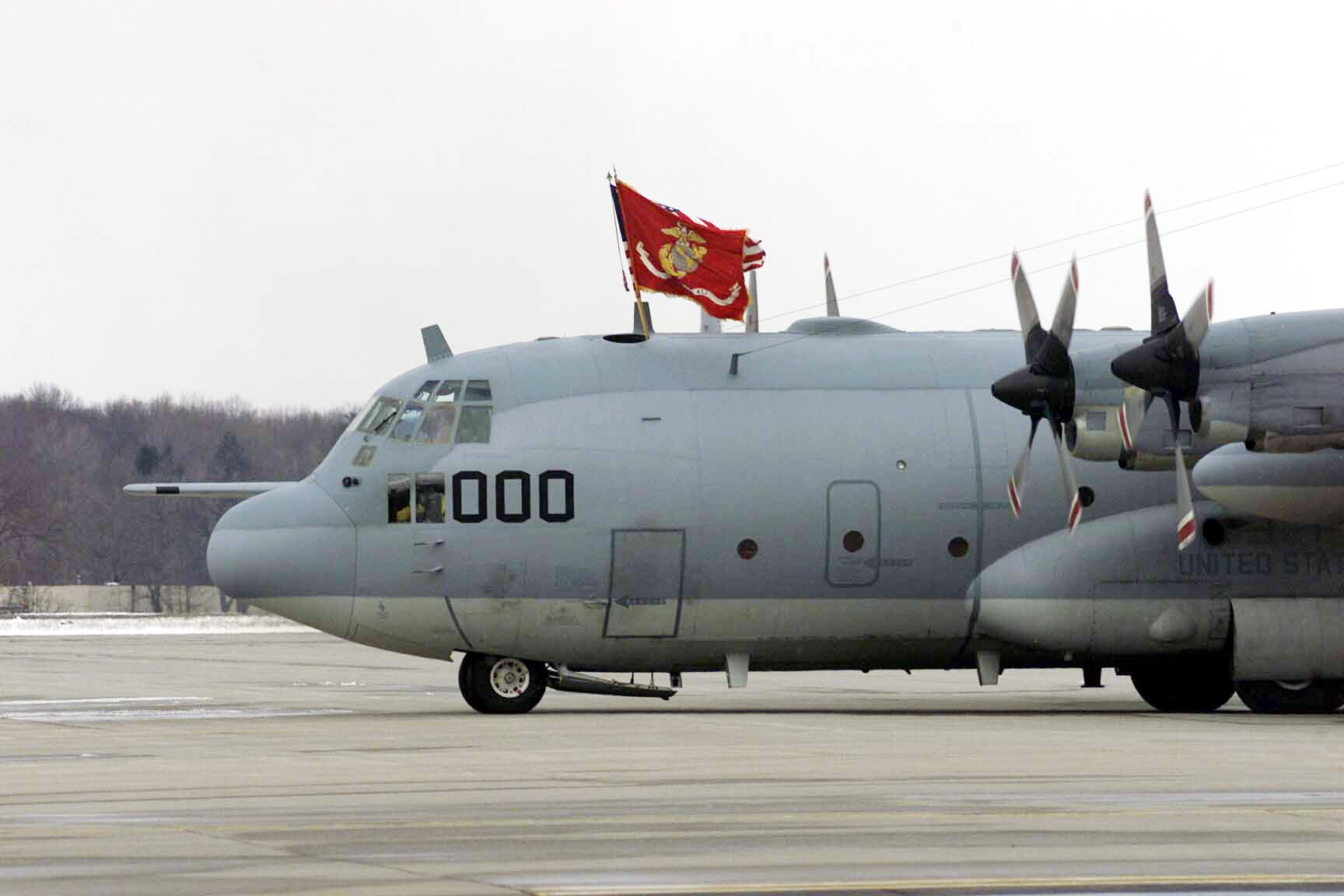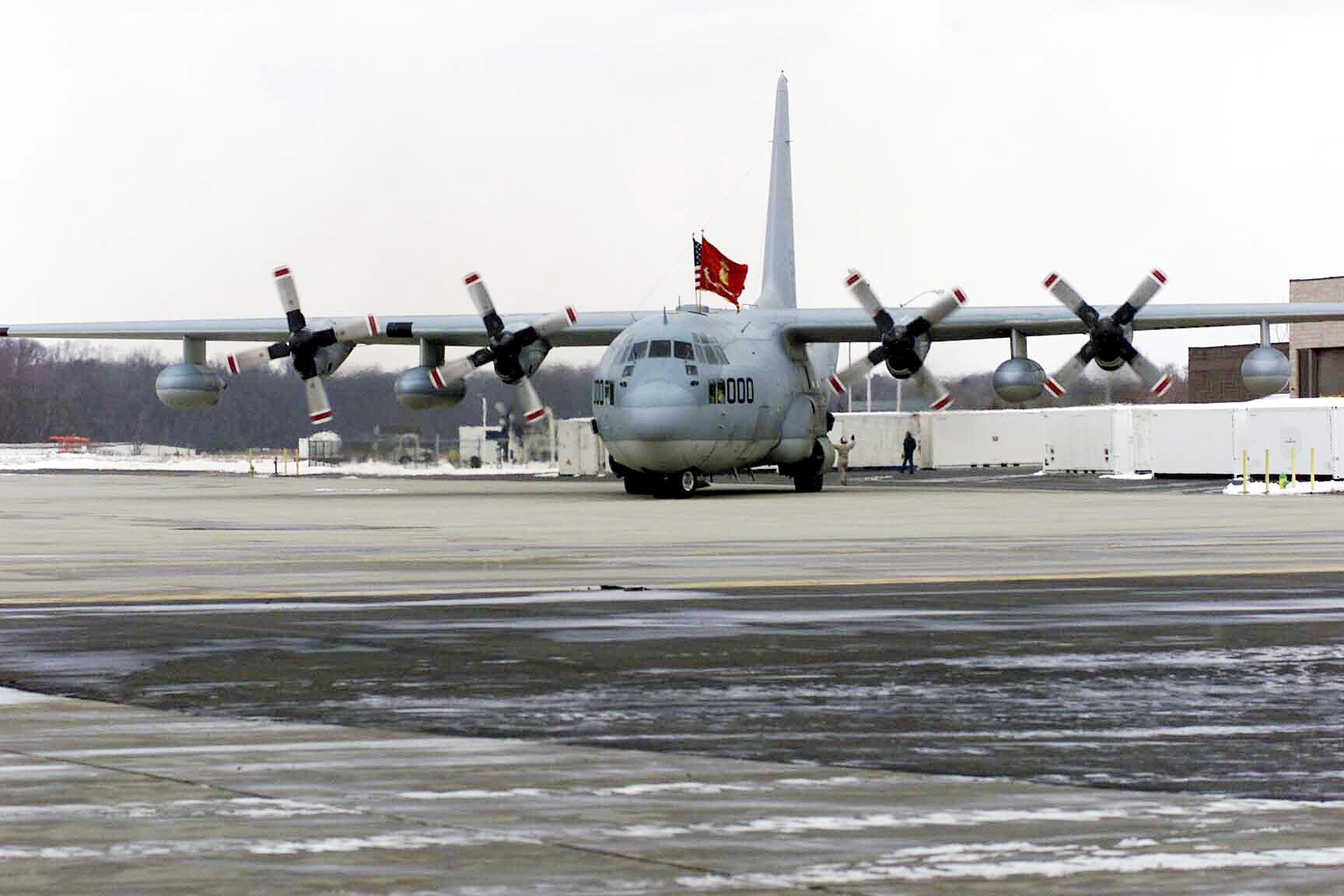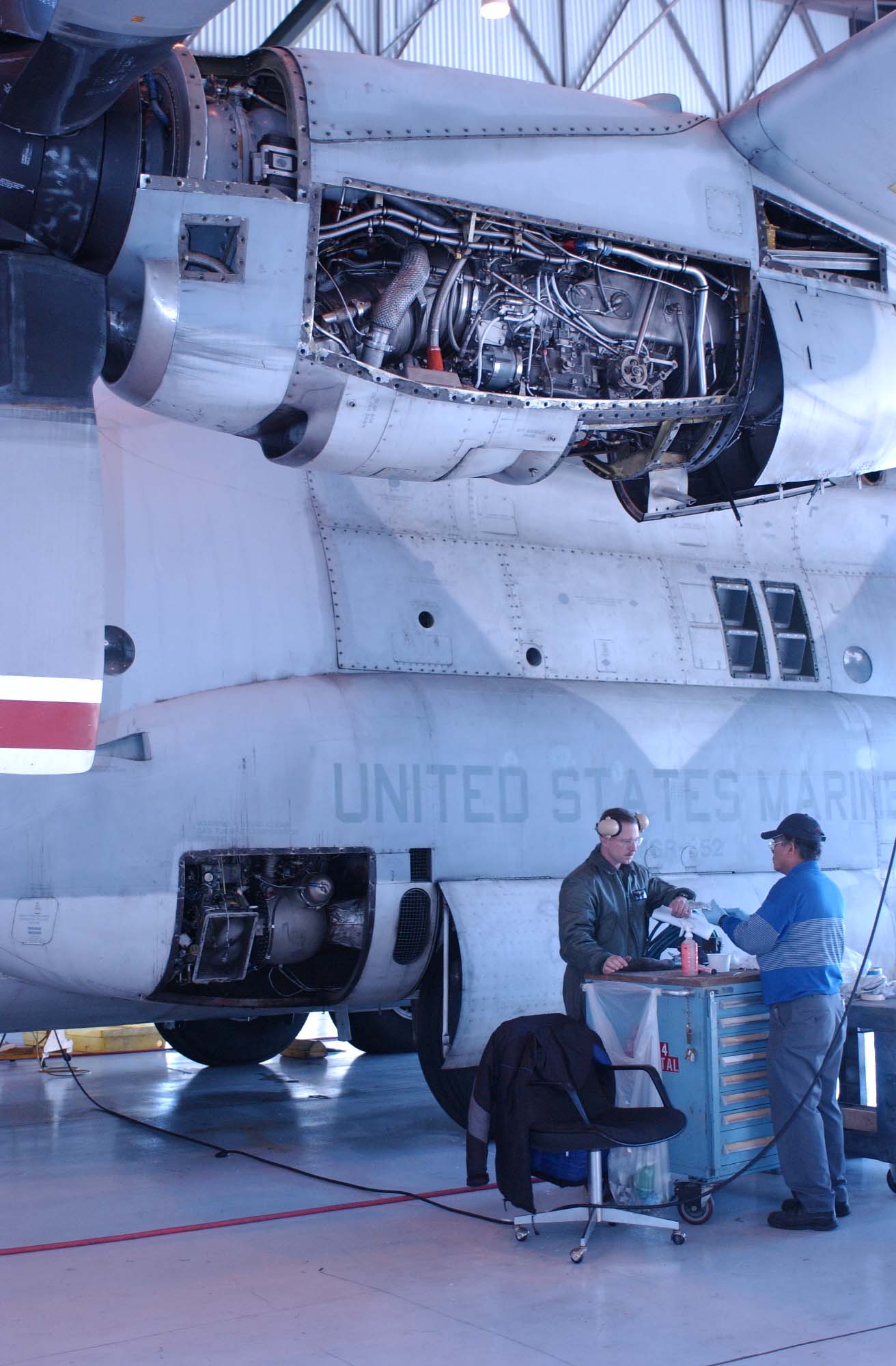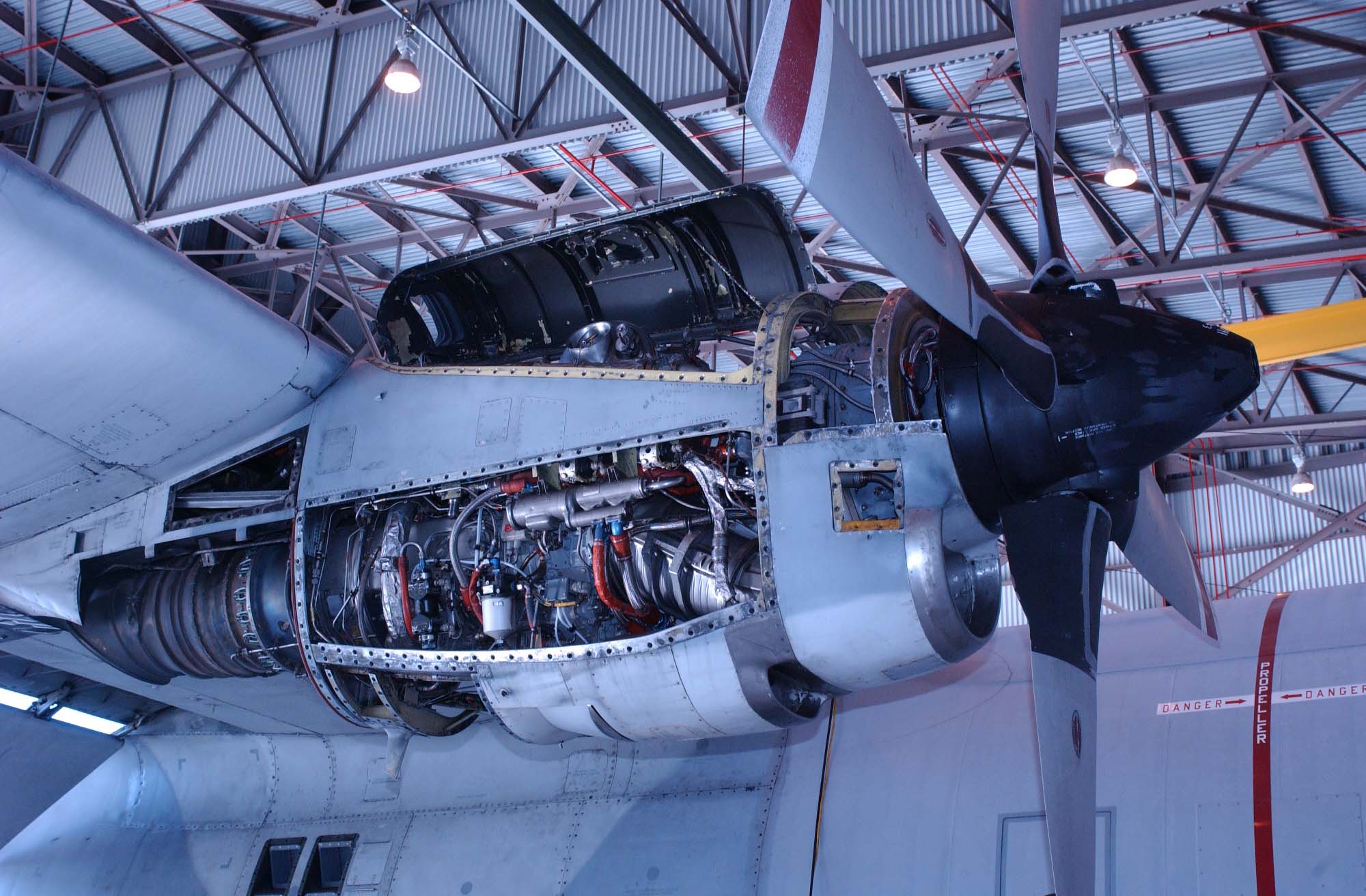새로 편성된 미해병 452 공중급유수송기대의 KC-130T
비겐 | 2005-03-04 08:09:28
조회 3926 | 추천 1 | 다운로드 0
미해병 Marine Aerial Refueler Transport Squadron 452대는 4대의 KC-130T를 배치받았습니다.
KC-130T는 24대가 예비역으로 보관중인 신형 장비들로 개수된 급유수송기들입니다.
The KC-130T is US Marines Corps Reserves refueling tanker, similar to KC-130R, but with updated avionics, including the Bendix AN/APS-133 radar. The Marine Corps Reserve operates 24 KC-130Ts, but they do not perform the same type of missions as the Navy Reserve C-130T's.
Eight of the nine KC-130s modified for night-vision goggles are assigned to Marine Reserve squadrons. The aircraft modifications include cockpit display lights that are modified to avoid "blossoming out" the goggles with light. Four are assigned to a squadron in Newburgh, NY, and four to a squadron in Fort Worth. One modified older model is assigned to an active-duty squadron on the West Coast.
The KC-130T-30H is the tanker version of the stretched -130H, with a 15 foot (4.57-m) stretch implemented in two fuselage plugs. The troop capacity is increased from 92 to 128, the litter capacity increased from 74 to 97, and the paratroop capacity from 64 to 93, with 5 additional cargo pallets. There is no increase in fuel transfer amounts over the KC-130R, or in gross takeoff weight. Conversion during production was conducted on 2 C-130H aircraft, with delivery to US Marine Corps in October and November 1991.
The KC-130 Hercules, has been a valued work horse for the Marine Corps since the Corps accepted the first KC-130F in March 1960. The Marines have modernized the two reserve squadrons with the procurement of KC-130T aircraft. In December 1994 Lockheed Corporation, Lockheed Aeronautical Systems Company, Marietta, Georgia, was awarded a $20,022,944 face value increase to a firm-fixed-price contract for two C-130T aircraft for the Navy Reserve and two KC-130T aircraft for the Marine Corps Reserve. The contract was expected to be completed April 1995. The newest KC-130T was accepted into the Marine Corps Reserve inventory in October 1995.
As of 2001 a top priority Marine Corps priority was the KC-130T Avionics modernization and standardization initiative. The current Reserve aircraft configuration is not fully compliant with emerging Communication, Navigation, and Surveillance/Air Traffic Management or mandated Navigation/Safety requirements.
The J versions of the aircraft will replace some of the Corps' KC-130Fs, and will augment the KC-130R and KC-130T versions in service with three active and two reserve Marine aerial refueler/transport squadrons. First deliveries of the KC-130J began in 2000.
Primary function: In-flight refueling; tactical transport
Manufacturer: Lockheed
Power plant: Four Allison T56-A-16 engines
Power: 4,910 shaft horsepower per engine
Length:
Aircraft: 97 feet, 9 inches (22.16 meters)
Cargo compartment: 41 feet (12.49 meters)
Width of Cargo compartment: 10 feet, 3 inches (3.12 meters)
Height:
Aircraft: 38 feet, 4 inches (11.68 meters)
Cargo compartment: 9 feet (2.74 meters)
Wing span: 132 feet, 7 inches (40.39 meters)
Maximum takeoff weight: 175,000 pounds (79,450 kilograms)
Ceiling: 30,000 feet (9,140 meters)
Speed: 315 knots (362.25 miles per hour)
Operating weight: 83,300 pounds (37,818 kilograms)
Total fuel capacity:
KC-130T and KC-130: 13,280 gallons (50,331 liters)/86,320 pounds (32,715 liters)
KC-130F: 10,183 gallons (38,594 liters)/ 66,190 pounds (25,086 liters)
Range:
Tanker mission: 1000 nautical mile (1150 mile) radius with 45,000 pounds of fuel (20,430 kilograms) (KC-130R/T)
Cargo mission: 2875 nautical miles (3306.25 miles) with 38,258 pounds (17,369 kilograms) of cargo (KC-130R/T) or 92 combat troops or 64 paratroopers or 74 litters
Landing distance: Less than 2,600 feet
Crew: 2 pilots, 1 navigator/systems operator, 1 flight engineer, 1 first mechanic, 1 loadmaster (total of 6)
Introduction date:
KC-130F: 1962
KC-130R: 1976
KC-130T: 1983
Unit Replacement Cost: $37,000,000
Mission: The KC-130 is a multi-role, multi-mission tactical tanker/transport which provides the support required by Marine Air Ground Task Forces. This versatile asset provides in-flight refueling to both tactical aircraft and helicopters as well as rapid ground refueling when required. Additional tasks performed are aerial delivery of troops and cargo, emergency resupply into unimproved landing zones within the objective or battle area, airborne Direct Air Support Center, emergency medevac, tactical insertion of combat troops and equipment, evacuation missions, and support as required of special operations capable Marine Air Ground Task Forces.
Features: The KC-130 is equipped with a removable 3600 gallon (136.26 hectoliter) stainless steel fuel tank that is carried inside the cargo compartment providing additional fuel when required. The two wing-mounted hose and drogue refueling pods each transfer up to 300 gallons per minute (1135.5 liters per minute) to two aircraft simultaneously allowing for rapid cycle times of multiple-receiver aircraft formations (a typical tanker formation of four aircraft in less than 30 minutes). Some KC-130s are also equipped with defensive electronic and infrared countermeasures systems. Development is currently under way for the incorporation of interior/exterior night vision lighting, night vision goggle heads-up displays, global positioning system, and jam-resistant radios.
Inventory:
Active: 37 KC-130Fs and 14 KC-130Rs (51 total)
Reserve: 24 KC-130Ts










댓글 [0]